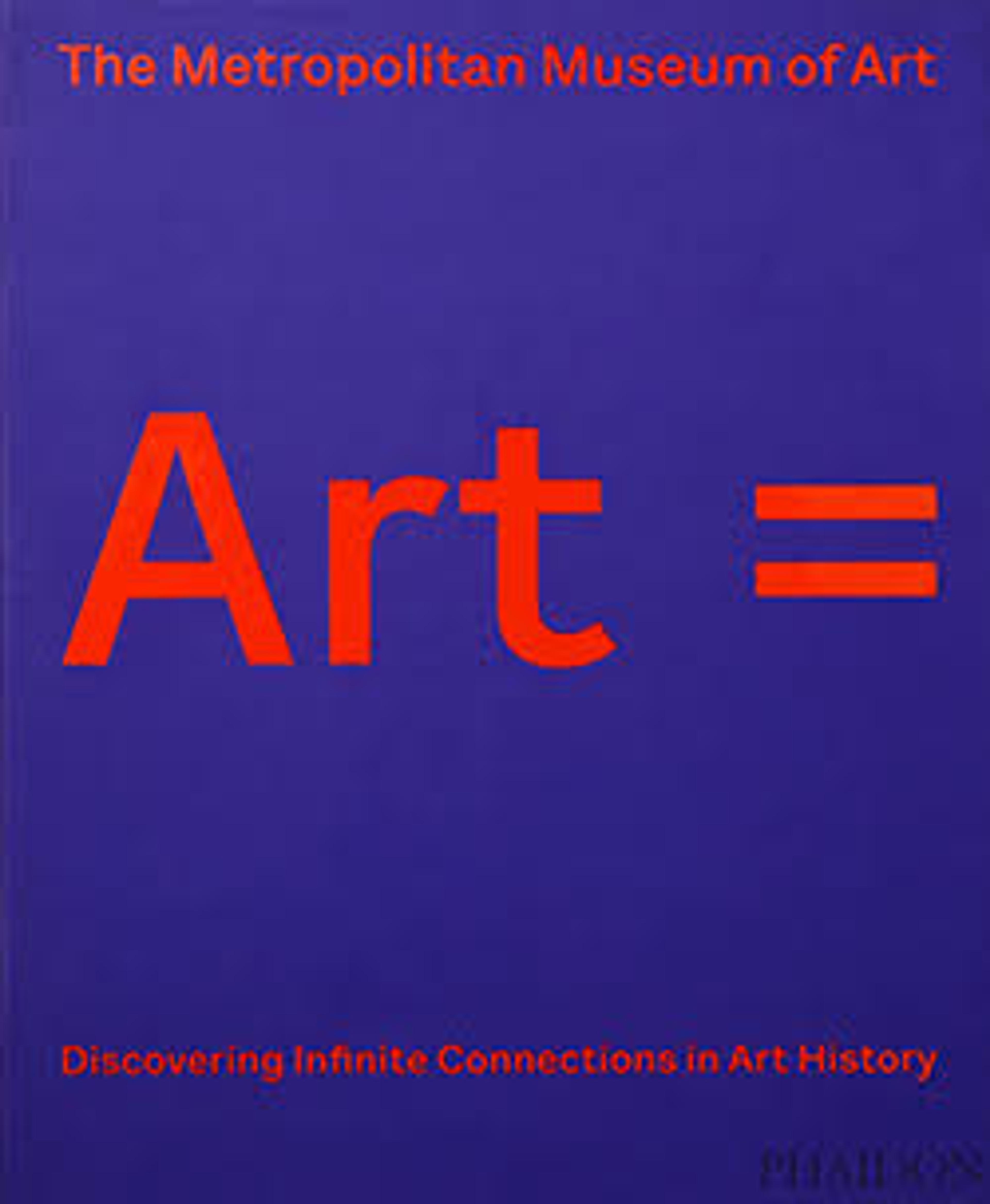Alabama Tenant Farmer Wife
Walker Evans made the vast majority of his Hale County photographs in and around the four-room cabin of Floyd and Allie Mae Burroughs, where he and James Agee lived on and off for several weeks in August 1936. The family owned nothing-not their home, land, mule, or farm tools, all of which they leased from their landlord. Burroughs was a cotton "sharecropper" or "halver"; at harvest time, he had to give his landlord half his cotton and corn crop, and pay off any other debts incurred during the year for food, seed, fertilizer, and medicine. In 1935, the family had ended the year $12 in debt.
Evans made four photographs of Allie Mae Burroughs against the rear wall of the family's cabin. Although compositionally similar, they record distinct facial expressions ranging from bemused cooperation to brooding anger and resentment-moods conveyed by a slight tilt of the head, the furrows around the eyes, the angle of the pursed mouth. In 1938, Evans selected for his seminal publication, American Photographs, the negative that shows Allie Mae at her most content, welcoming, and accessible. But in Let Us Now Praise Famous Men, Evans presented a more closed and irritated Allie Mae, a troubled victim of both the Depression and the camera's burrowing eye. It is this portrait, with the psychological ambiguity of a Mona Lisa, which was seized upon by early reviewers as the book's quintessential image.
Evans made four photographs of Allie Mae Burroughs against the rear wall of the family's cabin. Although compositionally similar, they record distinct facial expressions ranging from bemused cooperation to brooding anger and resentment-moods conveyed by a slight tilt of the head, the furrows around the eyes, the angle of the pursed mouth. In 1938, Evans selected for his seminal publication, American Photographs, the negative that shows Allie Mae at her most content, welcoming, and accessible. But in Let Us Now Praise Famous Men, Evans presented a more closed and irritated Allie Mae, a troubled victim of both the Depression and the camera's burrowing eye. It is this portrait, with the psychological ambiguity of a Mona Lisa, which was seized upon by early reviewers as the book's quintessential image.
Artwork Details
- Title:Alabama Tenant Farmer Wife
- Artist:Walker Evans (American, St. Louis, Missouri 1903–1975 New Haven, Connecticut)
- Date:1936
- Medium:Gelatin silver print
- Dimensions:20.9 x 14.4 cm (8 1/4 x 5 11/16 in.)
- Classification:Photographs
- Credit Line:Purchase, 2000 Benefit Fund, 2001
- Object Number:2001.415
- Rights and Reproduction:© Walker Evans Archive, The Metropolitan Museum of Art
- Curatorial Department: Photographs
More Artwork
Research Resources
The Met provides unparalleled resources for research and welcomes an international community of students and scholars. The Met's Open Access API is where creators and researchers can connect to the The Met collection. Open Access data and public domain images are available for unrestricted commercial and noncommercial use without permission or fee.
To request images under copyright and other restrictions, please use this Image Request form.
Feedback
We continue to research and examine historical and cultural context for objects in The Met collection. If you have comments or questions about this object record, please contact us using the form below. The Museum looks forward to receiving your comments.
